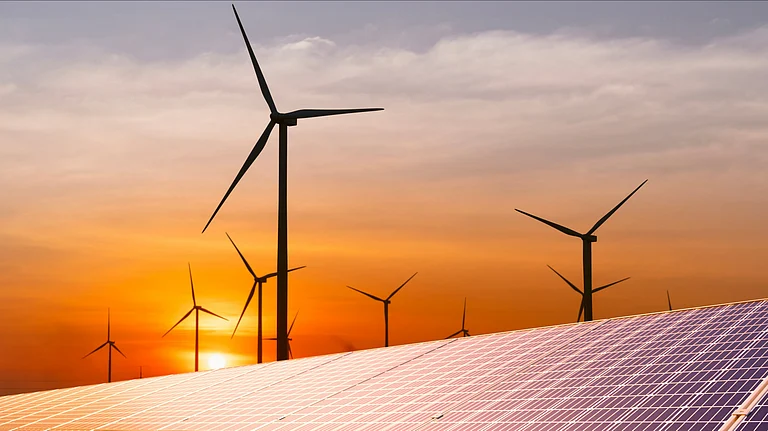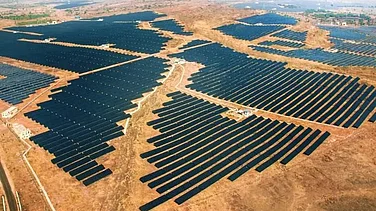World food commodity prices declined by 2.1% in 2024 compared to the previous year, according to Food and Agriculture Organization (FAO) data released on January 3. However, they remain considerably higher than the pre-pandemic levels.
FAO’s recent Food Outlook indicated that despite positive forecasts, “global food production systems remain vulnerable to shocks stemming from extreme weather events, geopolitical tensions, policy changes and developments in other markets,” reported Carbon Brief.
According to the Carbon Brief, although some global prices have decreased, food inflation remains a constant challenge in many regions including India.
Extreme Weather Events Driving Food Inflation in India
According to the Indian government’s latest Economic Survey tabled in Parliament on January 31, there has been a decline in onion and tomato production over the past two years in India which can be partly attributed to frequent extreme weather events in major producing states compared to other regions.
The report stated that the extreme weather events in 2023-24 has damaged crops in major horticulture-producing states, adding inflationary pressure on horticultural commodities.
“Over the past two years, India’s food inflation rate has remained firm, diverging from global trends of stable or declining food inflation. This can be attributed to factors such as supply chain disruptions exacerbated by extreme weather events and reduced harvest of some food items,” the report read.
Citing data from the Centre for Science and Environment (CSE), the report emphasised that the total crop area damaged in 2024 was higher than in the previous two years due to extreme weather conditions. The Economic Survey acknowledged that recent shocks like geopolitical conflicts and extreme weather have caused price fluctuations but their impact has now subsided, leading to more variation in commodity prices.
Despite these challenges, the government is working toward long-term price stability by suggesting actions like developing climate-resilient crops, strengthening data systems to monitor prices, reducing crop damage, and minimising post-harvest losses.
On February 1, the government announced a six-year mission to increase pulse production, aiming to achieve self-sufficiency in three widely consumed varieties- tur, urad and masoor.
The government also referred to India Meteorological Department (IMD) data, which shows a significant rise in the frequency of extreme weather events, especially heatwaves.
Between 2022 and 2024, heatwaves were recorded on 18% of days compared to 5% in 2020 and 2021, the Economic Survey said.
(With inputs from PTI.)






























